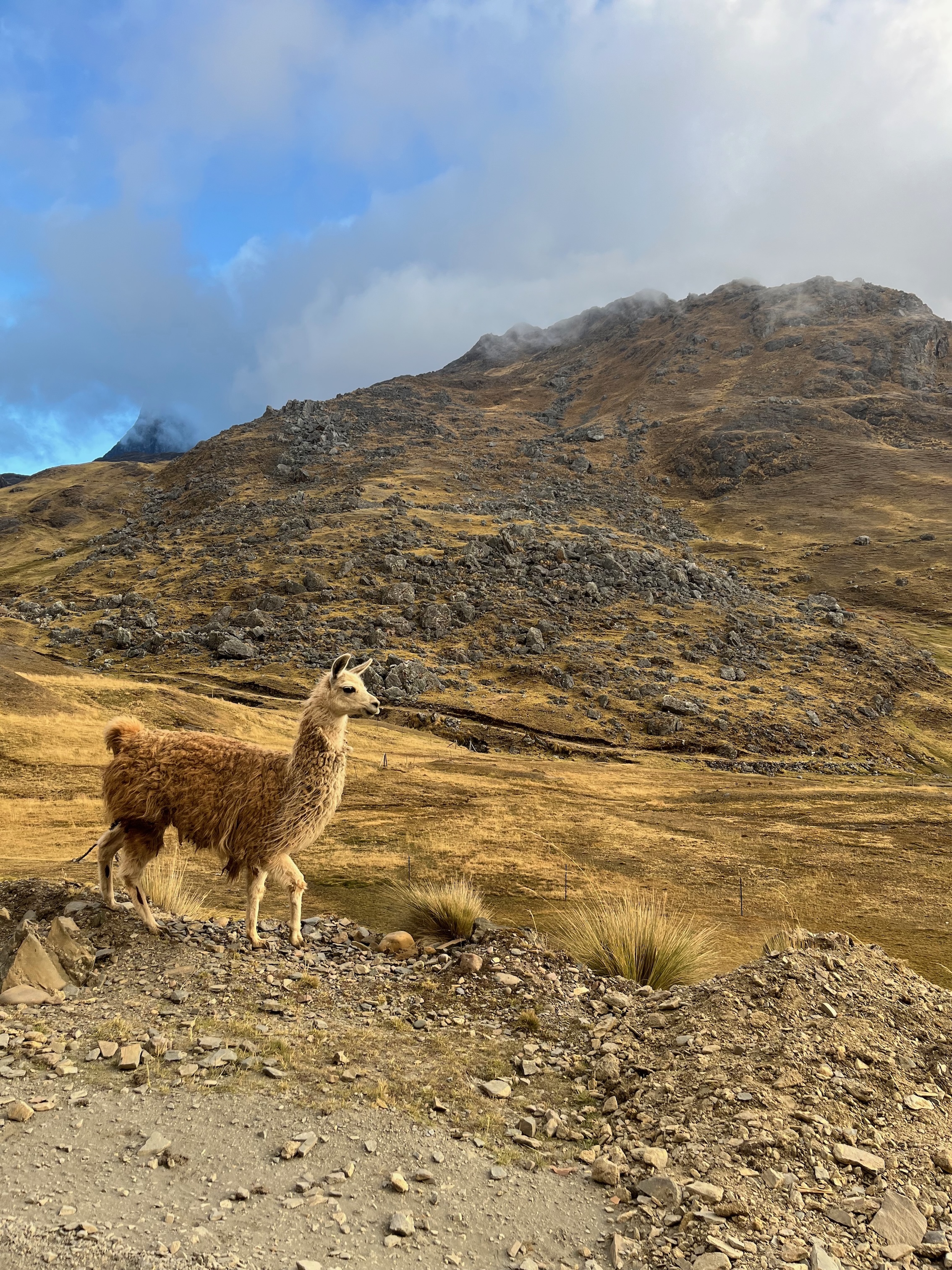From Survival to Self-Regulation (Part 1): How I Recognized My Dysregulated Nervous System

This post was written in post-reflection after several months of consistent work to regulate and strengthen my nervous system. It is part one of a two part series. This post shares the context: what dysregulation looked like, how it affected me, and what helped me begin to shift.
A familiar pattern
It was almost a year into our trip around the world. We were in Peru’s Sacred Valley for a month—a place meant for integration after a two-week retreat in the Amazon. A time for slow living, conscious connection, hiking, and exploring some of the most breathtaking landscapes we’ve encountered along our travels.
But rather than leaning into the beauty in front of me, I found myself retreating.
It was 6am. I was lying in bed, wrapped tightly in blankets to shield myself from the cool mountain air. I had gone to bed eight hours earlier, but I would have been surprised if I slept four. My mind wouldn’t stop racing: looping thoughts, anxious spirals, reliving the past and worrying about the future. My body ached from tension.
"I wanted to run from the physical and emotional discomfort, but I couldn’t. All I could do was ride it out."
Even small tasks like going to the market or planning a day trip felt like mountains to climb. I was constantly overwhelmed, made worse by my limited Spanish, altitude sickness I couldn’t shake off, and a parasite and bacterial infection in the same week. I was stuck in survival mode, unable to be present, unable to fully appreciate the place my partner was so excited to share with me.
I wish I could say that this was an isolated experience, but it wasn’t. It was just one example of a repeated pattern of dysregulation that occurred throughout our trip, trapped in a chronic state of sympathetic dominance (“fight or flight” mode). I knew that practices like yoga, meditation, and limiting screen time could help me shift to a more regulated state, but I couldn’t seem to follow through. The deeper I dug, the harder it became to climb out.
The toll of a dysregulated nervous system
Living in a chronic state of dysregulation affected everything: my emotions, my relationships, and my physical well-being.
Emotional impacts
I couldn’t stay in the present. I was anxious, reactive, and spiraling. My thoughts wouldn’t stop. I was exhausted and sleep-deprived, but I couldn’t rest. Even the smallest tasks felt overwhelming. I was constantly on edge, stuck in survival mode. And even though I knew I needed stability, a more consistent self-care routine, rest, and space to recharge, I didn’t prioritize these.
Relational impacts
The shame and insecurity I carried bled into my relationship. I withdrew, shut down, and struggled to communicate. My partner wanted to help, but I didn’t always let him in or even knew what I needed. I also pulled away from other connections, too insecure to show up fully. I missed out on moments of closeness because I was stuck in my head and I couldn’t regulate myself socially. My social battery was depleted, and instead of recharging and prioritizing time to myself, I pushed myself far beyond where I should have.
Physical impacts
My body held the tension I couldn’t express: tight shoulders and neck, a clenched jaw, pressure in my chest, a sharp pain in my right abdomen, shallow breathing, and a racing heart. I felt disconnected from my body, and it became a place I wanted to escape but couldn’t.
A turning point in Mazunte
Everything shifted when I landed in Mazunte, fresh from a breakup. I could no longer ignore how much dysregulation was costing me. I needed to create an environment that was conducive to feel, process, and rebuild a sense of safety in my own body.
So I stripped everything back.
I built a container to facilitate healing: slow mornings, routine, and no distractions.
Every day started with meditation, journaling, movement (yoga or gym), and time in nature. Evenings ended with daily gratitude, goal setting, light stretching, and reading. I stopped drinking alcohol and went on a thirty day social media and news detox. I had no idea what was going on in the world outside of Mazunte, and honestly I didn’t care. I needed to focus inward, allowing myself to feel, grieve, process, and settle into my new reality.
And it worked. I felt lighter and more at ease within a week of arriving. I realized how powerful self-care can be in shifting my inner world when implemented consistently. For the first time in a long time, I started to feel safer in my body. That initial month became the foundation for everything that followed.
Looking ahead
This post shares the context of my journey in shifting from survival to self-regulation.
In Part 2, I’ll walk through the full list of tools and practices I’ve experimented with over the past five months, including what I’ve learned, what worked for me, and how I continue to build a more regulated life.
.png)




.png)